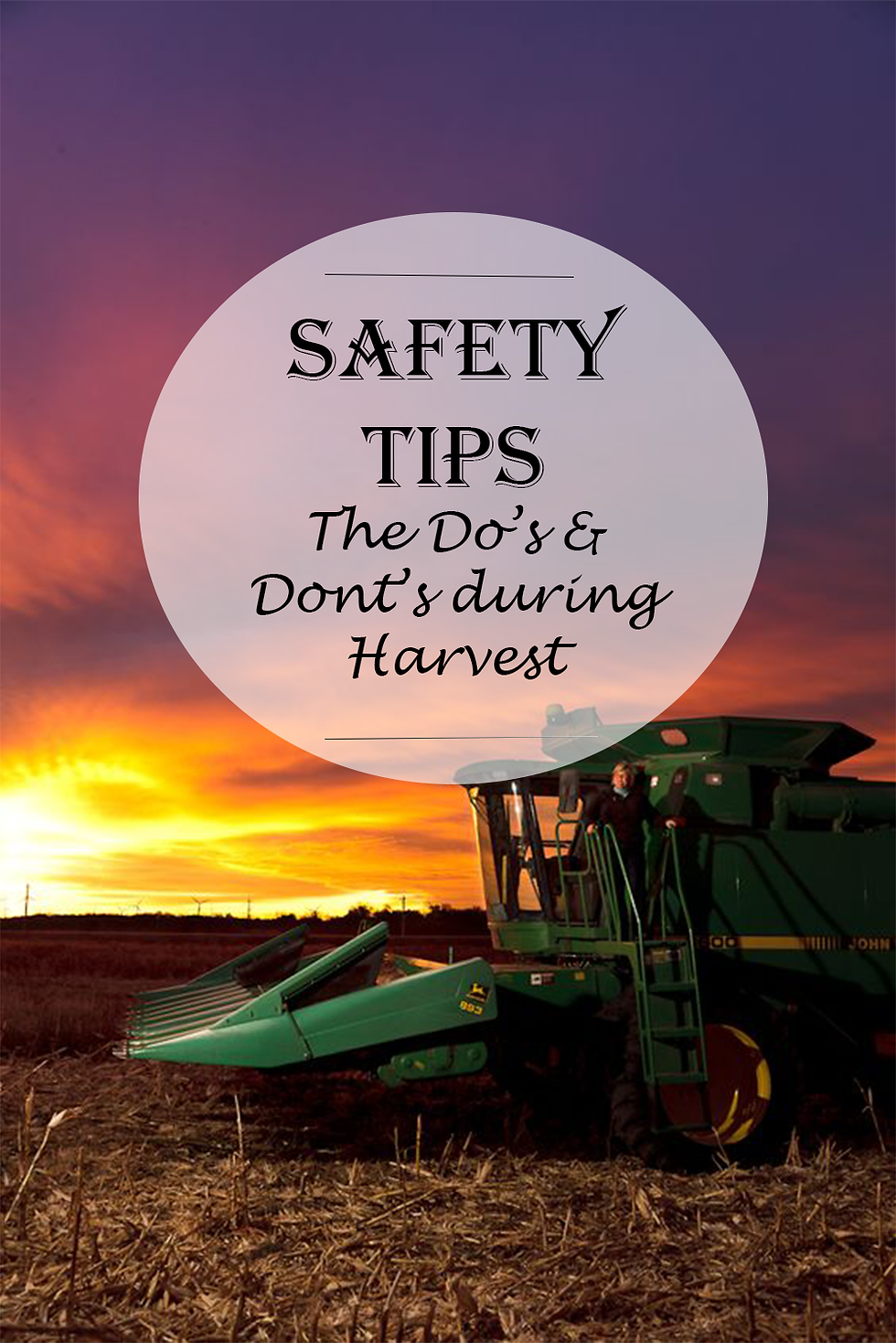Consider 15-inch Row Spacing in Soybeans
- Taylor Lewis
- Mar 7, 2018
- 2 min read
Row spacing is a management decision that often comes with the goal of achieving a higher yielding soybean crop. There has been many years of research across the Midwest that has consistently shown that soybeans planted in narrow rows (less than 30 inches) has a yield advantage compared to wide rows (30 inches and up row spacing). The primary reason for this advantage is light utilzation; canopy closure is approzimately 15 days earlier in 15 inch rows compared to 30 inch rows. Canopy closure earlier in the growing season results in greater light interception and higher growth rates.
The planting date can also influence the potential advantage of narrow rows. Planting in late April or early May will results in higher yields than planting in late May or June regardless of row spacing. However, narrow rows tend to have an advantage over wide rows even in late planting situations because they are able to capture available sunlight more quickly. Still, this advantage will not fully compensate for the yield penalty of late planting.
On the other hand, narrow row soybeans can come with its own challenges. For example, how will herbicides, insecticides, and fungicides be applied without driving on rows? Ground application can be made perpendicular to the row. This tend so be effective for application earlier in the season with aerial application that should be considered for fungicide and insecticide application later in the season. If aerial application is not desired a skip row planting system may be an effictive option. Where you would not plant on the wheel track row, making it possible for ground application all season long.
Equipment cost are another factor to consider. Most growers are unable to justify a cost of a narrow row planter for a single corp this is where an investment in a split row planter that will work for best corn and soybeans may be a good option.
Keep in mind that narrow row soybeans is vulnerable to many of the same yield limiting factors that wide row soybeans encounter. If brown stem row, soybean cust nematodes, or white mold are issues in your fields, narrow row soybeans will be affected more severely. In fact, whtie mold may be more problematic in narrow row soybeans and you should consider alternative mangement strategies.

To wrap things up, narrow row spacing can give your field the yield bump due to rapid canopy closure resulting in better light utlitzation. Other benefits include less moisture loss, better weed control, and reduced erosion. Applications of insecticides, fungicides, and herbicides should be made in a way that works with narrow row spacing. Be aware of past yield limiting factors and choose a variety that will be appropriate for your cropping system.
Reference: ISU Integrated Crop Management and Google Images.

































Comments